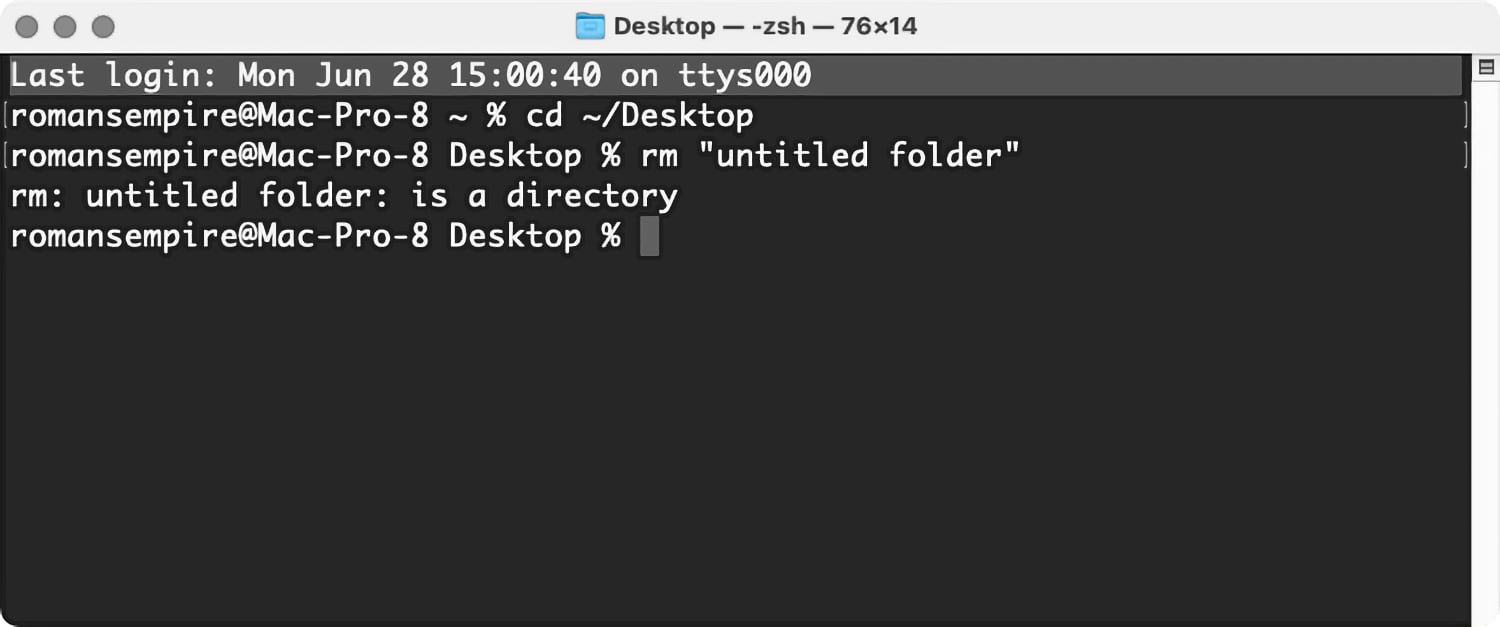

However, if you drag a file from your Desktop to an external hard disk, you’ll see that the file remains in its original location this file has been copied.


The file is no longer on the Desktop, and is found only in the Documents folder. If you’re in the Finder, and you drag a file from, say, your Desktop to your Documents folder, or any other folder on the same disk or volume, you move the file. The difference between copying and moving files If you’ve lost access to the Finder because your Mac is on the blink, you might be able to use the command line to troubleshoot the problem.You can copy or move multiple files using wildcards.These files, which can contain settings for certain apps or parts of the Mac, contain a dot (.) before their names, and the Finder doesn’t show them. You can copy or move files that are hidden in the Finder.You can copy or move files from one location to another without opening windows in the Finder.


 0 kommentar(er)
0 kommentar(er)
